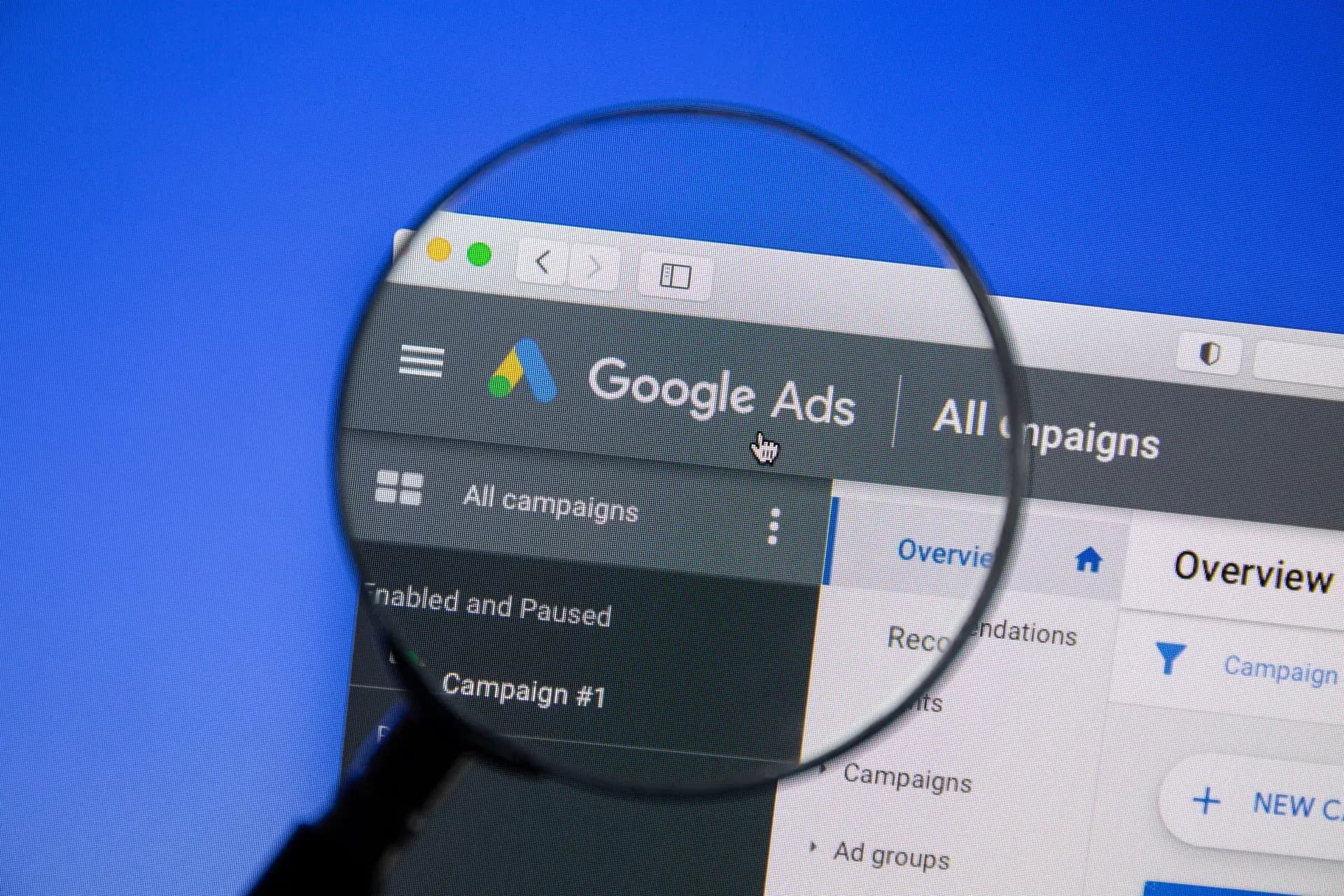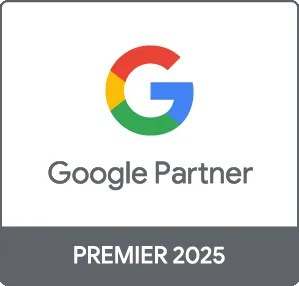Google Ads can be a game-changer for your business, allowing you to reach a larger audience. However, without a clear strategy, costs can spiral out of control. In this post, we’ll explore effective and budget-friendly Google Ads strategies that can help you maximize your return on investment (ROI) while minimizing spend.
Understanding Google Ads Basics
Google Ads operates on a pay-per-click (PPC) model, where advertisers bid on keywords to display their ads on Google's search results and partner sites. Understanding the dynamics of bidding, keywords, and audience targeting is crucial to getting the most out of your budget.
1. Conduct Thorough Keyword Research
Keyword research forms the foundation of successful Google Ads campaigns. Focus on the following aspects:
- Long-Tail Keywords: Use long-tail keywords as they tend to have lower competition and higher conversion rates.
- Negative Keywords: Identify negative keywords to prevent your ads from showing up in irrelevant searches, saving you money.
- Utilize Keyword Planner: Google's Keyword Planner tool helps identify cost-effective keywords and gives insights into search volume and competition levels.
2. Optimize Your Ad Copy
Your ad copy plays a significant role in attracting clicks and must be enticing yet concise. Consider these tips:
- Include Keywords: Incorporate relevant keywords in your ad copy to improve Quality Score.
- Call-to-Action (CTA): Use strong CTAs to compel users to click. Phrases like "Sign Up Now" or "Get a Free Quote" can increase engagement.
- A/B Testing: Test different ad copies and calls-to-action to identify which resonates most with your target audience.
3. Use Geographic Targeting
Focusing your ads on specific regions or locations can drastically reduce competition and costs. Utilize geographic targeting to:
- Target areas where you know your customers are located.
- Adjust bids according to location performance to concentrate your spending where it’s most effective.
4. Schedule Your Ads Wisely
Ad scheduling allows you to show your ads at specific times when your audience is most active. Consider:
- Time Zones: Target time zones according to your business needs and peak hours for traffic.
- A/B Testing Schedules: Test different ad schedules to determine when conversions are highest.
5. Monitor and Optimize Campaigns Regularly
Continuous monitoring and optimization are crucial for cost-effective Google Ads campaigns. Regularly check:
- Performance Metrics: Analyze click-through rates (CTRs), conversion rates, and Quality Score regularly.
- Budget Allocation: Shift budgets to better-performing campaigns or ad groups to maximize ROI.
- A/B Testing Results: Implement winning strategies based on your testing results.
Conclusion
Implementing cost-effective Google Ads strategies can lead to significant savings and better ROI for your campaigns. By focusing on thorough keyword research, optimizing your ad copy, leveraging geo-targeting, scheduling wisely, and continuously monitoring performance, you can achieve the desired results without breaking the bank. At Prebo Digital, we're here to help you navigate your Google Ads journey to success. Contact us for expert assistance!





